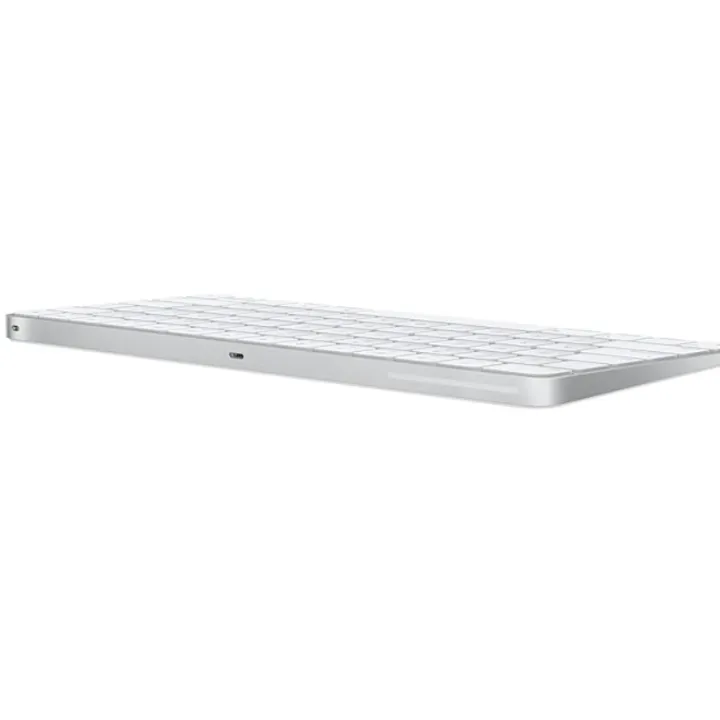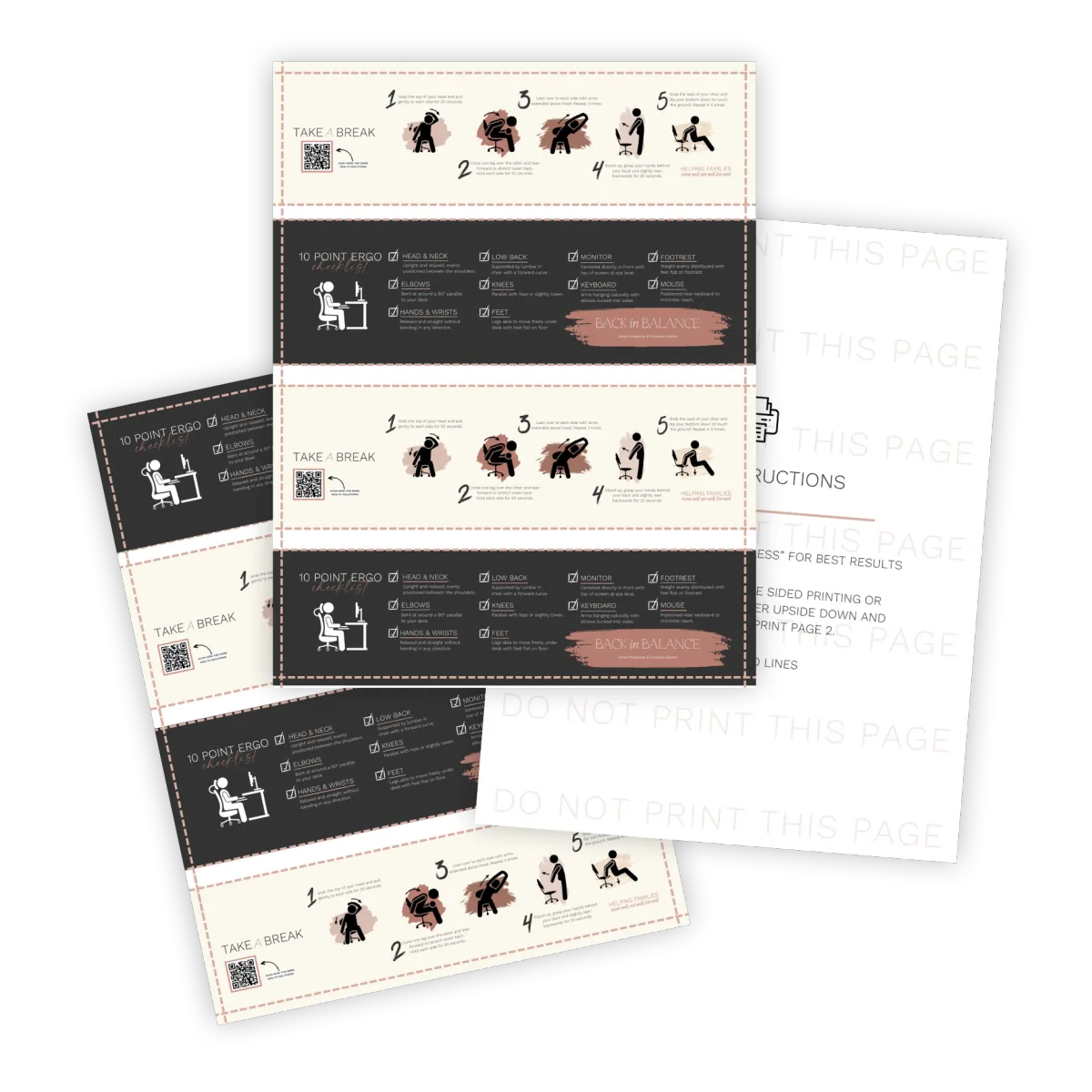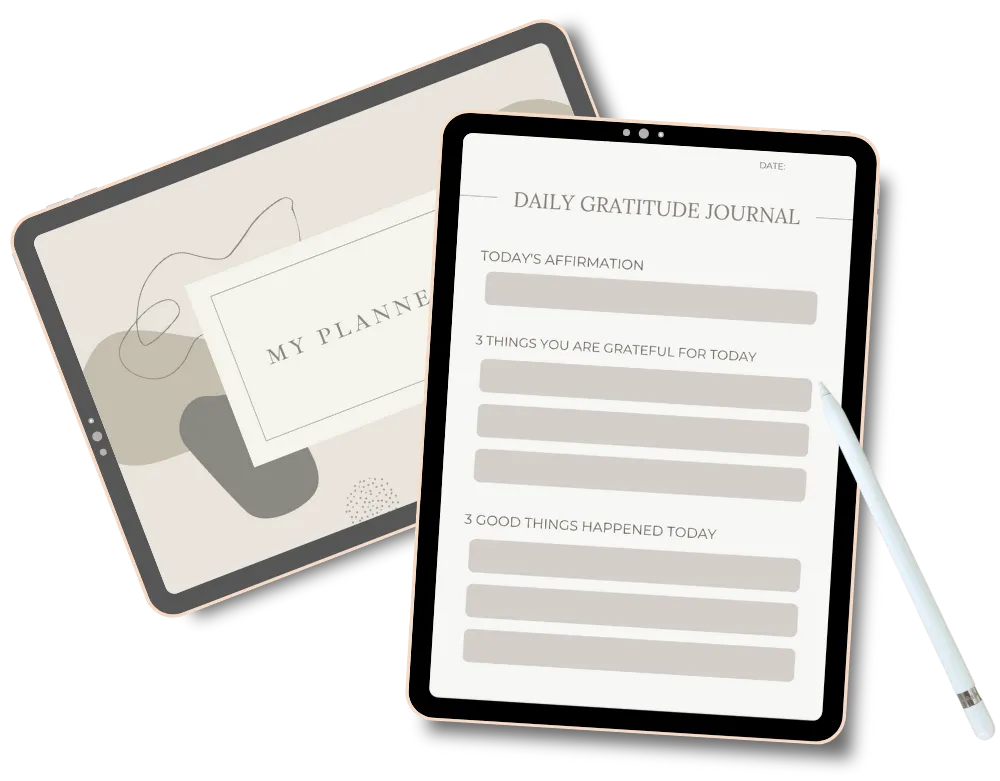

Apple Trackpad

Apple Keyboard


Are you wanting to get pregnant or expecting a little one? Get out free checklist today. This Ultimate Fertility and Pregnancy Checklist gives you everything you need to know for optimized health.

Unlock the secrets to managing stress with our Overcoming Stress Mini Course. Learn how to leverage your nervous system to reduce anxiety and improve well-being. Join today for quick, effective stress relief strategies. Perfect for busy individuals seeking a healthier, stress-free life.

Are you wanting to get pregnant or expecting a little one? Get out free checklist today. This Ultimate Fertility and Pregnancy Checklist gives you everything you need to know for optimized health.

Do you ever feel stiff and sore from sitting all day? If so, download our printable bookmark and walk through the 10 point ergonomic checklist to help you get back in balance from anywhere!





Stop Cracking Your Neck: Why DIY Adjustments Might Be Harming Your Spine
Do you crack your neck or back to get relief? It might feel good in the moment, but it could be making things worse in the long run. In this post, we’re diving into what really happens when you self-crack, why it doesn’t fix the root problem, and how chiropractic care can support your body better.
I’m Dr. Anjali, founder of Back in Balance. As a non-cracking chiropractor and integrative functional nutrition specialist, I help families and workplaces move well, eat well, and live well—without relying on quick fixes.
Is It Bad to Crack Your Own Neck or Back?
The short answer: yes. Cracking your spine gives you a temporary endorphin release and often some relief, but it’s short-lived and can lead to long-term instability.
When you self-crack, you’re likely moving the joints that are already hypermobile—joints that move too much. This gives the sensation of relief but reinforces instability. Meanwhile, the joints that are actually stiff and need to move stay stuck.
Over time, your body may try to stabilize these overly mobile joints by laying down extra bone, leading to conditions like arthritis. The result? More stiffness, less mobility, and often more discomfort.
Cracking vs. Adjusting: What’s the Difference?
Chiropractors don’t “crack” your back—they perform targeted adjustments. Even if you hear a pop during an adjustment, it’s not your bones cracking. It’s gas releasing from the joint space.
The goal of an adjustment is to restore proper motion to a joint that’s stuck, not to repeatedly move a joint that’s already loose. Chiropractors are trained to find those restricted areas and adjust them with precision and intention.
What About Stretching?
Sometimes you might stretch and hear a crack. That’s different. If you’re not trying to release the joint and it happens passively during a stretch, it’s usually not a concern. But if you’re stretching to get a release every day, you’re falling into the same trap.
What You Should Do Instead
If you feel tight, stiff, or out of alignment, your body’s telling you something. Instead of self-cracking, here’s what I recommend:
Get a professional assessment by a chiropractor
Focus on proper posture and ergonomics
Add low-impact movement and mobility work
Incorporate nutrition and nervous system support
Chiropractic care, especially when combined with a functional approach to wellness, helps regulate your nervous system and support your spine without risky habits.
Real Relief, Not Quick Fixes
Whether you’re chasing pain relief or trying to feel more aligned, self-cracking isn’t the answer. You need corrective care that gets to the root of the issue, not a bandaid that wears off in a few hours.
If you’re in the Bay Area, I’d love to support you with care that works with your body. If you’re not local, I’m happy to connect you with a qualified chiropractor in your area.
Let’s help your body move with ease—without the daily cracking routine.
Want real support for your spine and nervous system? Book a call or join our free masterclass..

Stop Cracking Your Neck: Why DIY Adjustments Might Be Harming Your Spine
Do you crack your neck or back to get relief? It might feel good in the moment, but it could be making things worse in the long run. In this post, we’re diving into what really happens when you self-crack, why it doesn’t fix the root problem, and how chiropractic care can support your body better.
I’m Dr. Anjali, founder of Back in Balance. As a non-cracking chiropractor and integrative functional nutrition specialist, I help families and workplaces move well, eat well, and live well—without relying on quick fixes.
Is It Bad to Crack Your Own Neck or Back?
The short answer: yes. Cracking your spine gives you a temporary endorphin release and often some relief, but it’s short-lived and can lead to long-term instability.
When you self-crack, you’re likely moving the joints that are already hypermobile—joints that move too much. This gives the sensation of relief but reinforces instability. Meanwhile, the joints that are actually stiff and need to move stay stuck.
Over time, your body may try to stabilize these overly mobile joints by laying down extra bone, leading to conditions like arthritis. The result? More stiffness, less mobility, and often more discomfort.
Cracking vs. Adjusting: What’s the Difference?
Chiropractors don’t “crack” your back—they perform targeted adjustments. Even if you hear a pop during an adjustment, it’s not your bones cracking. It’s gas releasing from the joint space.
The goal of an adjustment is to restore proper motion to a joint that’s stuck, not to repeatedly move a joint that’s already loose. Chiropractors are trained to find those restricted areas and adjust them with precision and intention.
What About Stretching?
Sometimes you might stretch and hear a crack. That’s different. If you’re not trying to release the joint and it happens passively during a stretch, it’s usually not a concern. But if you’re stretching to get a release every day, you’re falling into the same trap.
What You Should Do Instead
If you feel tight, stiff, or out of alignment, your body’s telling you something. Instead of self-cracking, here’s what I recommend:
Get a professional assessment by a chiropractor
Focus on proper posture and ergonomics
Add low-impact movement and mobility work
Incorporate nutrition and nervous system support
Chiropractic care, especially when combined with a functional approach to wellness, helps regulate your nervous system and support your spine without risky habits.
Real Relief, Not Quick Fixes
Whether you’re chasing pain relief or trying to feel more aligned, self-cracking isn’t the answer. You need corrective care that gets to the root of the issue, not a bandaid that wears off in a few hours.
If you’re in the Bay Area, I’d love to support you with care that works with your body. If you’re not local, I’m happy to connect you with a qualified chiropractor in your area.
Let’s help your body move with ease—without the daily cracking routine.
Want real support for your spine and nervous system? Book a call or join our free masterclass..
LOCATION
949 Sherwood Ave. #100
Los Altos, CA 94022
HOURS
Sunday 12pm - 4 pm
Monday 10am - 4pm
Tuesday 1pm - 4pm
Wed-Fri 10am - 4pm
Saturday Closed
CONTACT
© Back In Balance 2025 | FAQs | Terms & Conditions | Privacy Policy | Site Credit
©2025 Back In Balance Health. All Rights Reserved. – WEBSITE By: Danielle Damrell Creative Collective, Inc.

